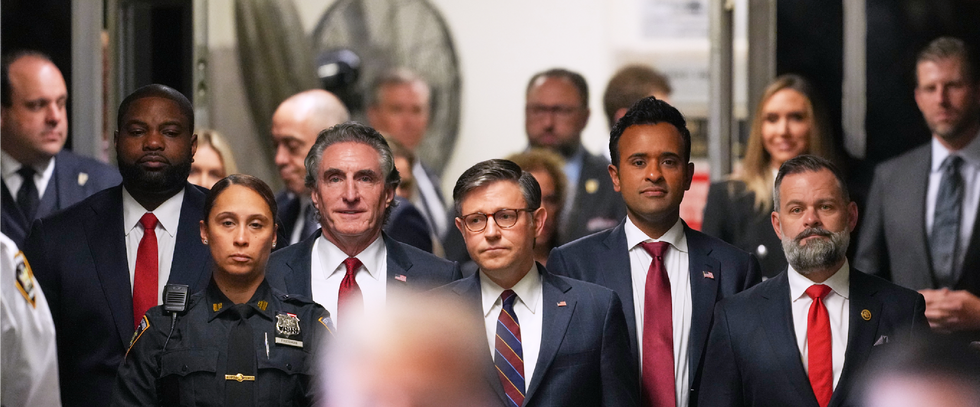In a candid admission, the head of Iran's Expediency Council addressed the pressing economic issues faced by a significant portion of the population during a speech on Wednesday.
Sadegh Amoli Larijani attributed the challenges to rampant inflation and a surge in prices, underscoring the strain on citizens, partly attributing it to inadequacies in official measures. Global sanctions have had a huge impact on the economy, first imposed due to Iran's nuclear program and more recently, for its crackdown on protesters and support for Russia in its war on Ukraine.
Downplaying the economic disaster which has seen millions thrust into poverty, Larijiani said, "There are issues in the country, but it should be noted that if there is authority and security in the Islamic Republic system, the economic situation will also improve".
However, concerns about security persist in Iran, as officials grapple to provide adequate protection. Earlier this month, a commemoration ceremony for the former IRGC commander Qassem Soleimani in Kerman resulted in the death of at least 95 people after a double bombing by ISIS, highlighting the ongoing challenges faced by Iranian authorities in maintaining public safety.
A recent report indicates that the impact of inflation is more severe than officially acknowledged. The Fararu website in Tehran revealed that the point-to-point inflation rate in December exceeded 40%, surpassing the average figure announced by authorities. The index suggests that Iranian households spent approximately 40% more in the past month compared to the same period in the previous year to fulfill their needs and purchase essential goods and services.
According to the Iran Statistical Center's definition, the point-to-point inflation rate represents the percentage change in the average of the price indices compared to the previous year, providing a more tangible perspective on understanding price hikes. The reported point-to-point rate for the past month stood at 44.4%, surpassing the government's predicted annual rate of 25% for the current Iranian year, which began on March 21.

 3 months ago
19
3 months ago
19

